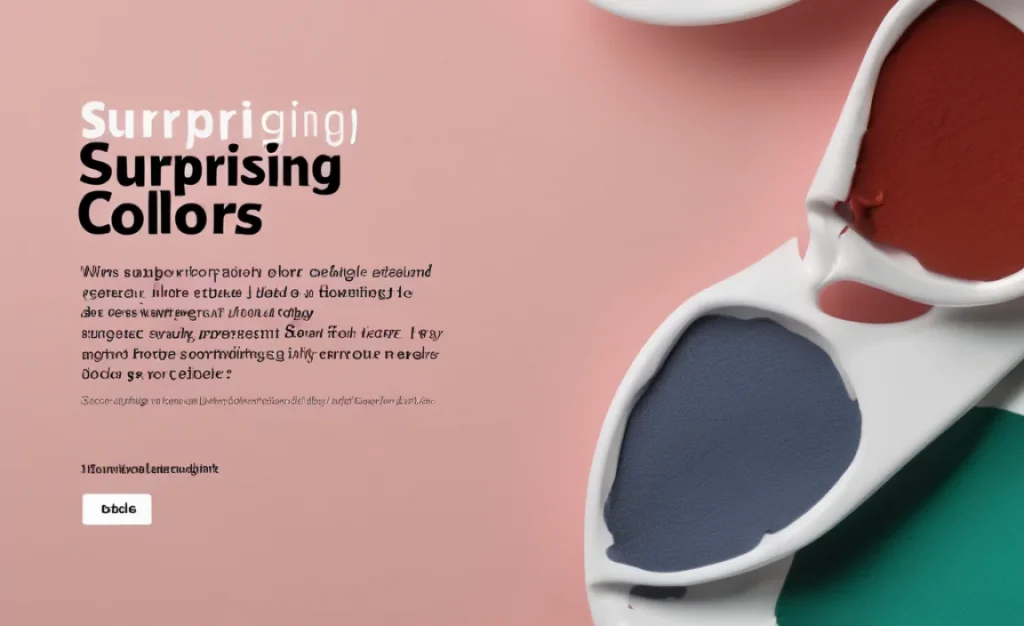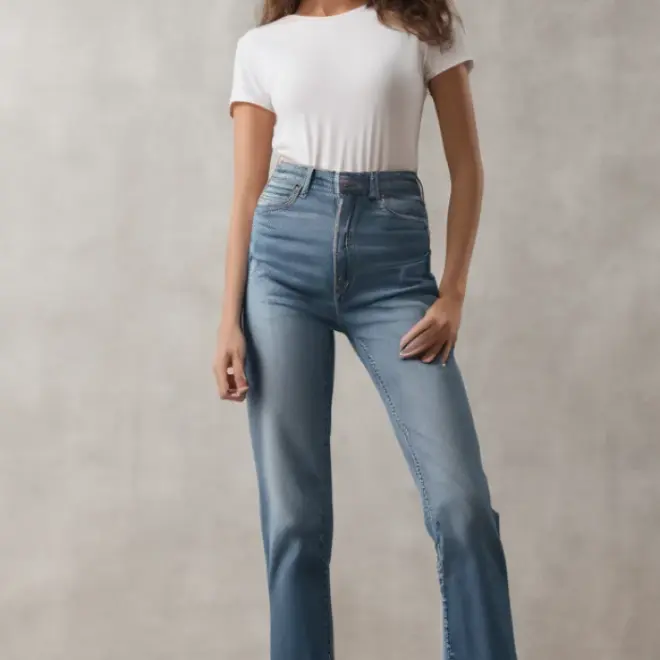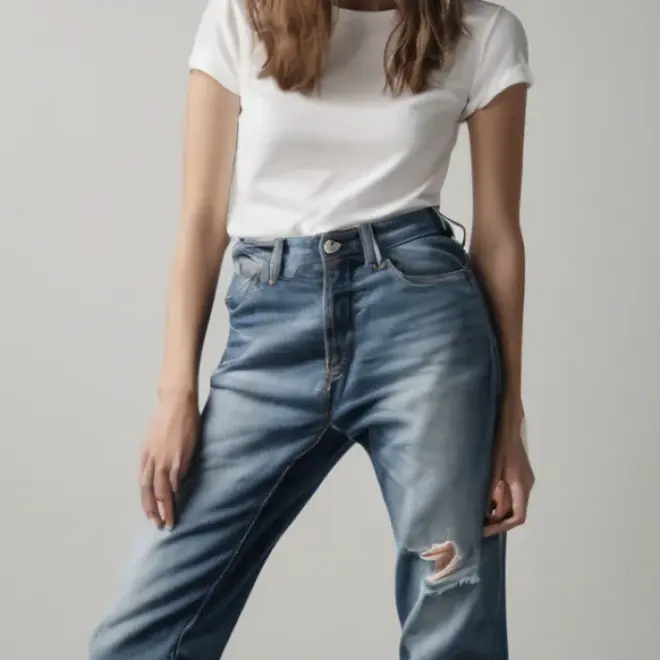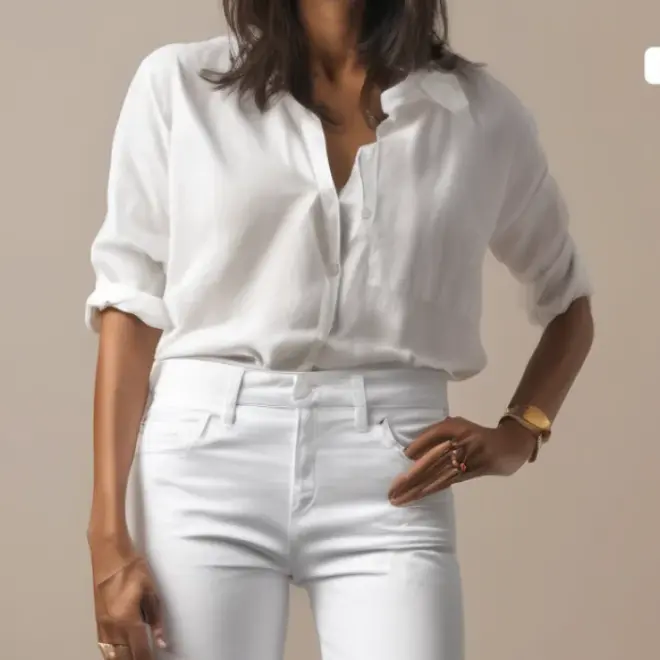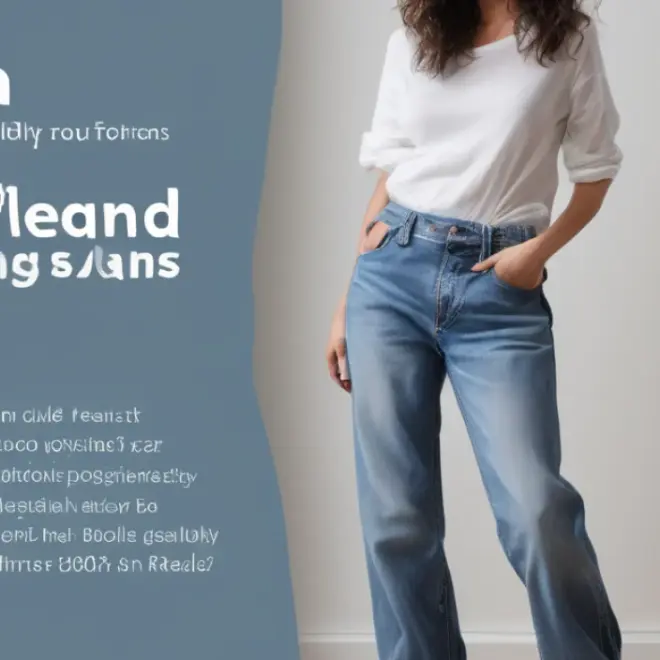Colors are everywhere, making our world bright and beautiful. Have you ever wondered how colors work? Or why some colors make us feel different emotions? Let’s explore some surprising facts about colors that will wow your friends. Get ready to see colors in a whole new way!
Key Takeaways
- Colors affect our emotions and moods significantly.
- Blue is the most popular favorite color worldwide.
- Animals see colors differently than humans do.
- Surprising facts about colors reveal how they influence taste.
- Some cultures have unique meanings for the same colors.
Why Colors Affect Our Emotions
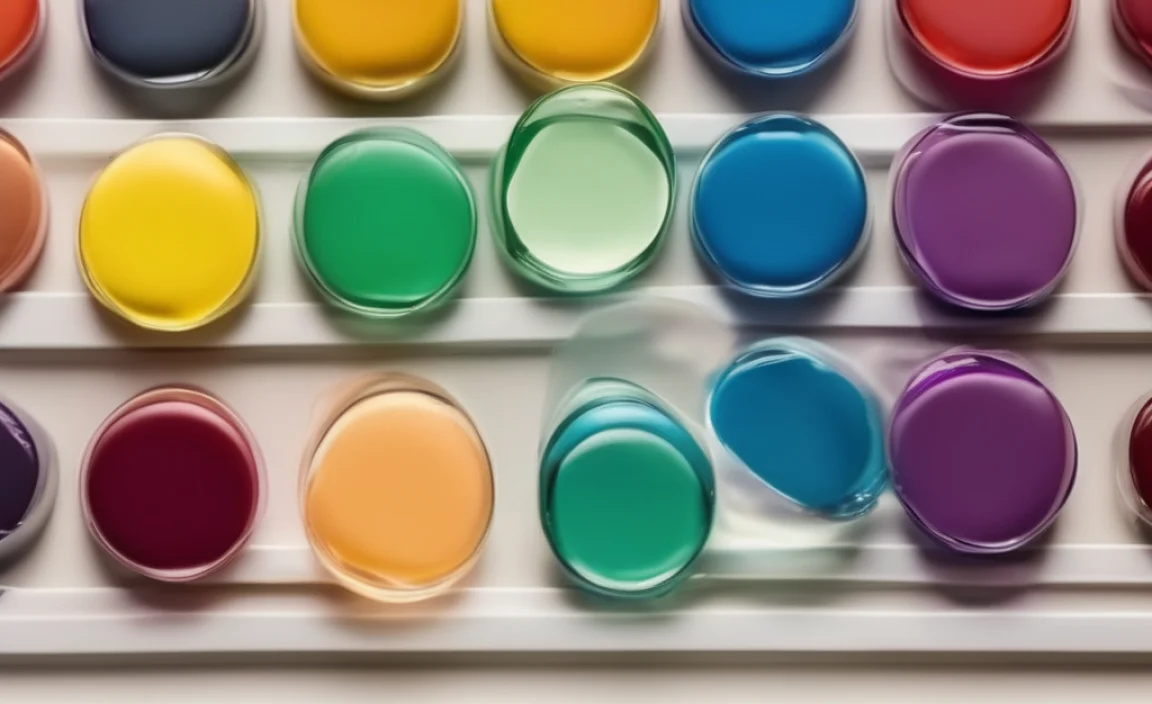
Did you know that colors can change how we feel? For example, the color red can make us feel excited or even angry. Blue, on the other hand, often makes us feel calm and peaceful. This happens because colors have a strong impact on our emotions. That’s why many hospitals use soft colors like green and blue to make patients feel relaxed. Isn’t it amazing how a simple color can change how we feel so much?
- Red can increase heart rate.
- Blue often calms the mind.
- Green is linked to nature and peace.
- Yellow can make us feel happy.
- Purple is often seen as royal.
- Orange boosts energy.
- Pink calms and soothes.
Colors can also remind us of different things. For example, white can remind us of snow or cleanliness. Each color can create a different feeling or memory. That’s why it’s important to choose the right color for rooms, clothes, or even logos. Next time you’re in a room, think about how its colors make you feel.
Fun Fact or Stats : Studies show that blue is the most liked color in the world!
How Colors Influence Our Mood
Have you ever felt happier in a brightly colored room? It’s not your imagination! Bright colors like yellow can actually lift our mood and make us feel more cheerful. On the other hand, dark colors like black might make us feel more serious or even sad. This is because our brains react to colors in different ways. So, when you’re choosing colors for your room, think about how you want to feel.
The Role of Color in Marketing
Companies use colors to attract customers. Fast-food restaurants often use red and yellow because these colors can make us feel hungry. Isn’t that interesting? These businesses know that colors can influence how much we want to eat or buy something. So next time you see a colorful ad, think about what the colors are trying to tell you.
Colors in Nature
Nature is full of colors, and each one serves a purpose. Flowers have bright colors to attract bees and other pollinators. Animals use colors for camouflage or to warn predators. How cool is that? The natural world shows us how important colors can be for survival. Just imagine a world without colorful flowers or animals. It would be a much less interesting place!
Why Blue is So Popular
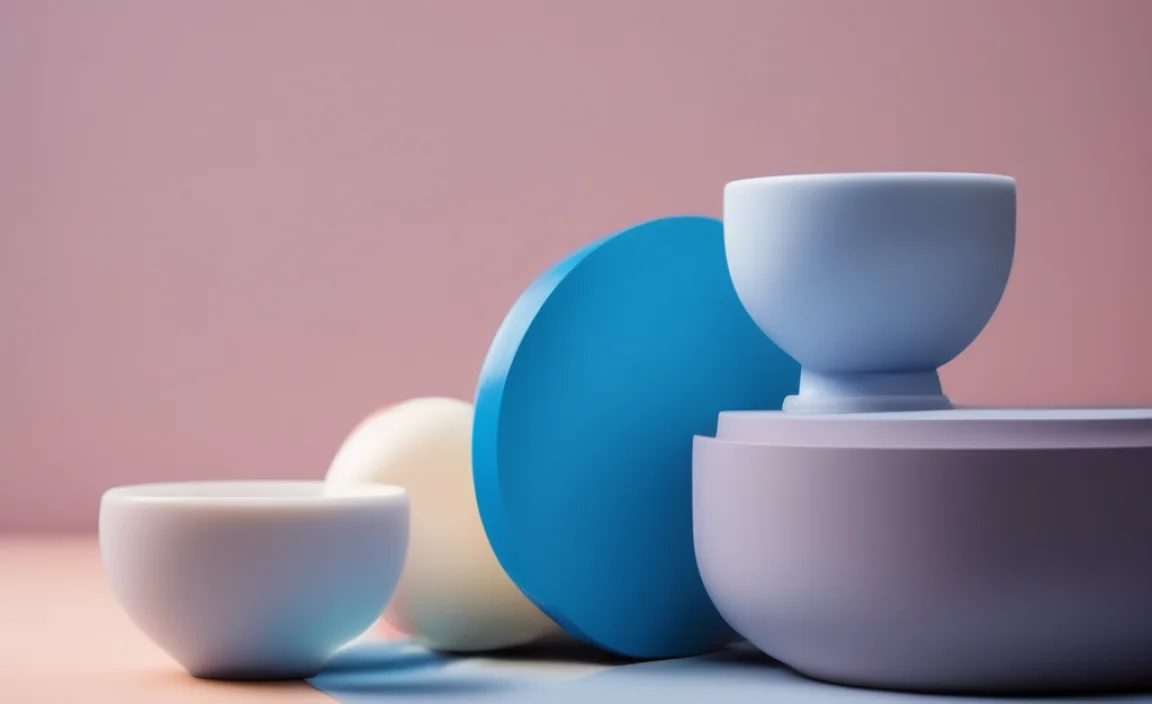
Blue is the most popular color around the world. But why? Some people say it’s because blue is the color of the sky and sea. It makes us feel calm and safe. Many companies use blue in their logos because it represents trust and reliability. Isn’t it fascinating how one color can have such a strong effect?
- Blue is seen as trustworthy.
- Many uniforms use blue for authority.
- Blue is calming and peaceful.
- It reminds people of the sky and sea.
- Blue is often a favorite color.
People often choose blue for bedrooms because it helps them relax and sleep well. It is also a favorite color for clothes, especially jeans. Next time you wear blue, think about how it makes you feel. Do you feel calm or happy? It’s amazing how one color can have such a big impact on our lives.
Fun Fact or Stats : Around 42% of men and 29% of women say blue is their favorite color.
Blue in Art and Culture
Blue has a special place in art and culture. Many famous paintings use blue to create a sense of calmness and depth. In some cultures, blue is seen as a protective color. Isn’t it interesting how one color can mean so many things to different people? Artists like to use blue because it helps convey emotions and feelings.
Why Kids Love Blue
Many kids say blue is their favorite color. But why do kids love blue? Some believe it’s because blue is associated with fun activities like swimming and playing outside. Others think it’s because blue is found in many toys and cartoons. When you see something blue, does it make you think of fun times? It’s amazing how colors can evoke memories and feelings.
The Science of Blue
Why is the sky blue? This is a question many kids ask. The sky looks blue because of the way sunlight interacts with our atmosphere. Isn’t it cool how science can explain such a beautiful color? When sunlight hits the atmosphere, blue light scatters in all directions, making the sky appear blue to us.
Animals and How They See Colors
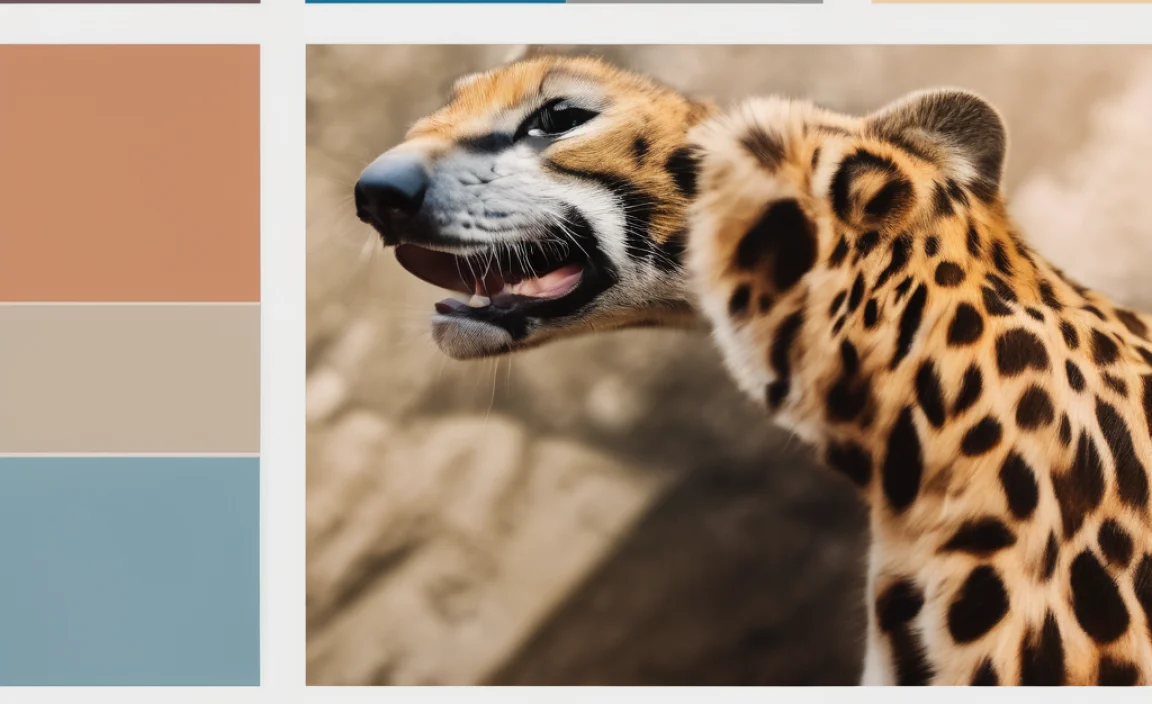
Animals see colors differently than humans do. For example, dogs see fewer colors than we do. They mostly see shades of blue and yellow. But some animals, like birds, see even more colors than humans! Isn’t that surprising? It’s fascinating to think about how animals experience the world in their own unique way.
- Dogs see fewer colors.
- Cats see well in the dark.
- Birds see more colors.
- Bees see ultraviolet light.
- Snakes see infrared light.
- Some animals see very few colors.
- Different animals have unique vision.
How animals see colors influences their behavior. For example, bees are attracted to bright flowers because they can see ultraviolet light. This helps them find nectar. Isn’t nature clever? The way animals see colors helps them survive and find food.
Fun Fact or Stats : Bees can see ultraviolet patterns on flowers that humans can’t see!
Dog Vision Compared to Human Vision
Many people wonder how dogs see the world. Dogs see fewer colors than humans. They mostly see blue and yellow. This means a bright red toy might look brown to a dog. Isn’t that interesting? Even though dogs don’t see colors like we do, they have other senses, like smell, that help them explore the world.
Birds and Their Colorful World
Birds have amazing vision. They can see more colors than humans! Some birds can even see ultraviolet light, which helps them find food and mates. Isn’t it incredible how birds have such powerful vision? This makes the world even more colorful for them.
Cats and Their Night Vision
Cats are known for seeing well in the dark. This is because their eyes are designed to see in low light. Cats might not see colors as vividly as humans, but they can see in the dark much better than we do. Isn’t it amazing how each animal has its own special way of seeing the world?
Unique Cultural Meanings of Colors
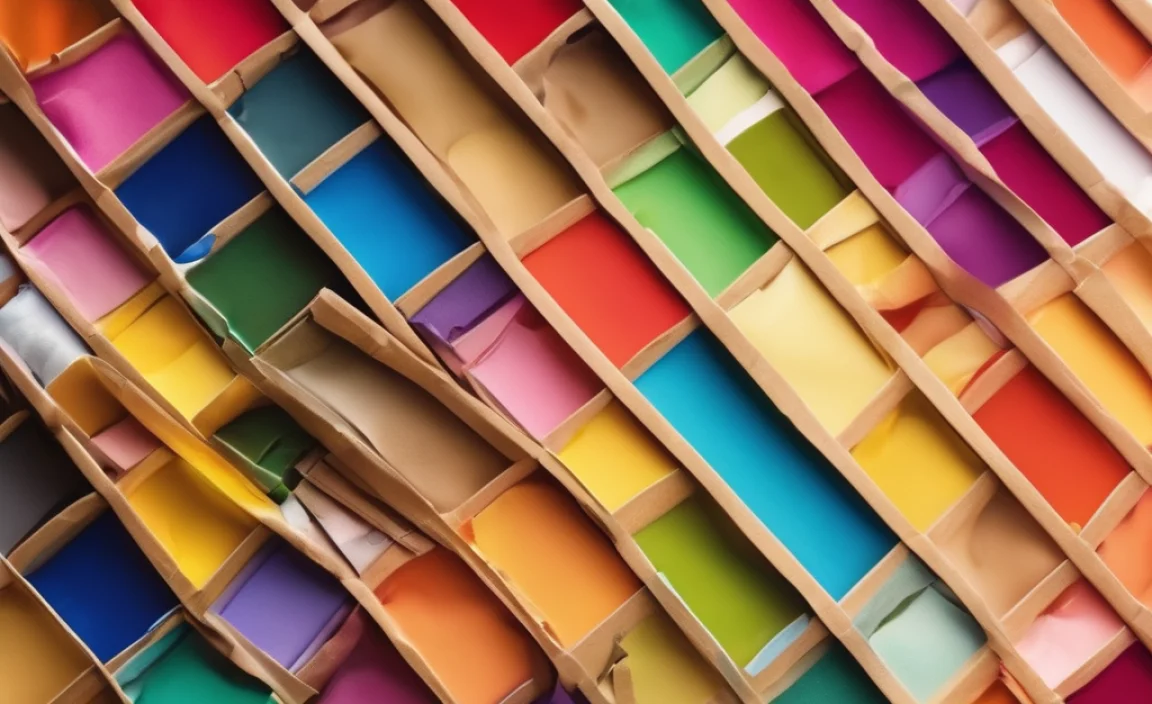
Did you know that colors can mean different things in different cultures? In some cultures, white is a color of celebration, while in others, it can be a color of mourning. Isn’t that surprising? These unique meanings add richness to how we see and use colors around the world.
- White is for weddings in the U.S.
- Red is lucky in China.
- Yellow symbolizes bravery in Japan.
- Green means new life in some cultures.
- Black is often used for mourning.
- Purple represents royalty in many places.
- Blue is protective in Middle Eastern cultures.
Understanding these cultural meanings of colors can help us appreciate different traditions. It also helps us communicate better with people from other cultures. When you travel or learn about different places, pay attention to how colors are used. You might be surprised by what you discover!
Fun Fact or Stats : In India, white is often worn at funerals, while in the West it’s for weddings.
Color in Traditional Dress
Many traditional dresses around the world use specific colors for special occasions. For example, brides in India often wear red saris. But in Western countries, brides usually wear white dresses. Isn’t it interesting how color traditions can vary so much? These traditions make each culture unique and special.
The Power of Red in Asia
In many Asian countries, red is a powerful color. It represents luck and prosperity. During the Chinese New Year, red decorations are everywhere. Isn’t it fascinating how one color can have such a strong cultural meaning? Red brings good fortune and happiness in many Asian cultures.
Black and Its Many Meanings
Black is a color with many meanings. In some cultures, it is a color of mourning. In others, it represents elegance and power. Isn’t it surprising how one color can have so many interpretations? Black can mean different things depending on where you are in the world.
How Colors Affect Our Taste
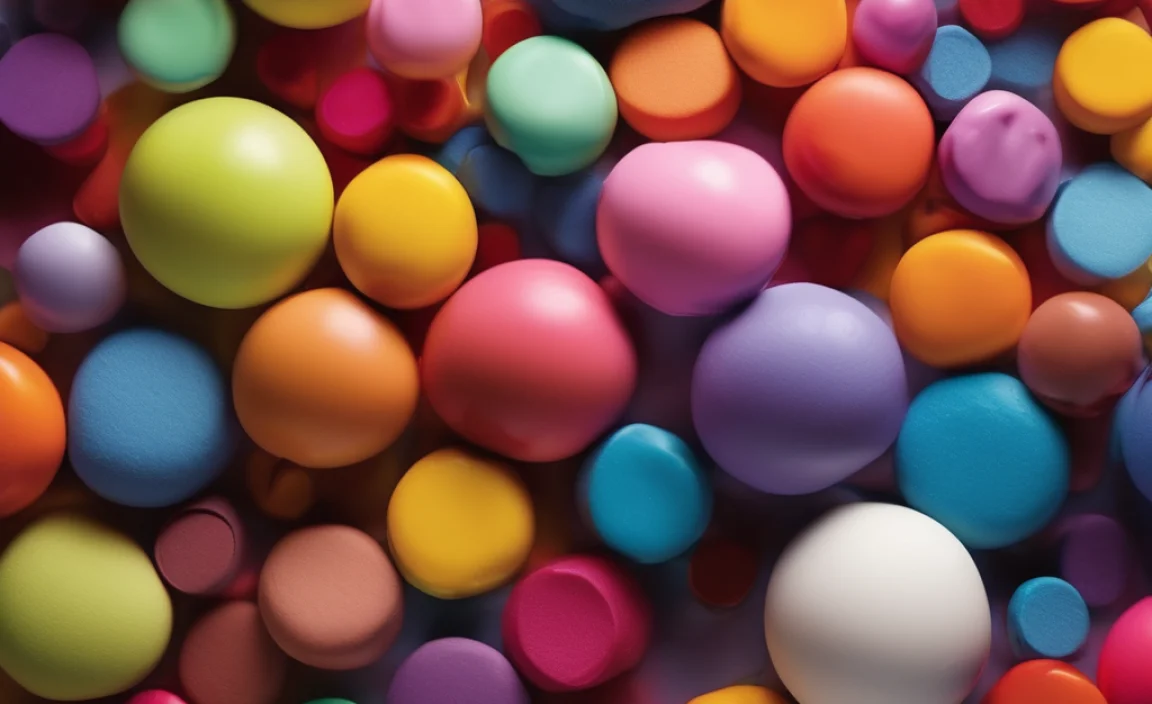
Did you know that colors can change how food tastes to us? This is one of the surprising facts about colors. For example, if a food is brightly colored, it might taste sweeter to us. Isn’t that amazing? Our brains link colors to flavors, which can change our eating experience.
- Red can make foods taste sweeter.
- Green might make food taste fresh.
- Blue can make food less appetizing.
- Yellow often makes food seem sour.
- Colorful packaging can affect taste.
Food companies use this knowledge to make their products more appealing. They choose colors carefully to match the flavors they want us to taste. Next time you eat something, pay attention to its color. Does it make the food taste different to you?
Fun Fact or Stats : People often say drinks taste better in blue cups.
The Surprise of Blue Food
Have you ever noticed that there aren’t many blue foods? This is because blue is not a natural color for most foods. Some studies show that blue foods can make us less hungry. Isn’t that surprising? Next time you see blue food, think about how it might change your appetite.
Colorful Meals and Their Appeal
Colorful meals often look more delicious. Brightly colored fruits and vegetables can make us want to eat more. Isn’t it amazing how colors can make food more appealing? Eating a variety of colors can also mean a healthier diet. So try to fill your plate with all the colors of the rainbow!
Packaging and Color Perception
Did you know that food packaging colors can affect how we think the food will taste? Brightly colored packages might make us think the food is sweeter or more flavorful. Isn’t it incredible how packaging can change our perception? Companies use these tricks to catch our attention in the store.
Colors in Technology
Colors play a big role in technology, too. Have you noticed that many tech gadgets come in black or white? This is because these colors are sleek and modern. Isn’t it interesting how colors can symbolize new and exciting things? Technology companies use colors to make their products look cool and appealing to everyone.
- Black is a popular color for gadgets.
- White symbolizes simplicity and modernity.
- Silver is often used for luxury devices.
- Bright colors appeal to younger audiences.
- Blue is calming for tech interfaces.
Even the apps on your devices use colors to guide you. Some apps use red to alert you, while others use blue to calm you. Next time you use your phone or computer, think about the colors you see. How do they make you feel? It’s amazing how colors can influence our experience with technology.
Fun Fact or Stats : Many social media apps use blue because it promotes trust and calmness.
The Role of Colors in User Interfaces
User interfaces on our devices use colors to guide us. Bright colors might catch our attention, while softer colors help us focus. Isn’t it fascinating how colors can make technology easier to use? Designers think carefully about which colors to use so we can have the best experience.
Color Preferences in Tech Gadgets
Have you ever chosen a gadget because you liked its color? Many people do! Companies know that offering different colors can attract different buyers. Isn’t it cool how color choice can affect sales? Some people love bright colors, while others prefer neutral shades like black or white.
Impact of Colors on Online Experience
Colors can also change how we feel when we are online. Websites use colors to make us feel certain emotions. For example, a red button might make us feel urgency. Isn’t it amazing how color can change our online experience? It helps guide us and makes websites more engaging.
Conclusion
Colors are more than just pretty to look at. They affect our emotions, decisions, and even how we taste food. Understanding surprising facts about colors can help us see the world in a new way. Colors have amazing powers, from influencing our moods to shaping cultures. Next time you notice a color, think about what it might be doing!
FAQs
Question: Why do colors affect our mood?
Answer: Colors affect our mood because they trigger different emotions in our brains. For example, blue can make us feel calm, while red might make us feel excited. Understanding these surprising facts about colors can help us choose the right colors for our surroundings to create the mood we want.
Question: What is the most popular color?
Answer: The most popular color worldwide is blue. Many people like it because it is calming and reminds them of the sky and sea. Knowing this, companies often use blue in their logos and designs to appeal to a wide audience.
Question: How do animals see colors differently?
Answer: Animals see colors differently because they have different numbers of color receptors in their eyes. Dogs, for example, see fewer colors than humans, while birds can see more colors, including ultraviolet light. These surprising facts about colors in the animal kingdom show us how diverse nature can be.
Question: Why is color important in marketing?
Answer: Color is important in marketing because it catches people’s attention and can influence their emotions and decisions. For example, red can make people feel urgency, while blue can promote trust. Companies use these surprising facts about colors to make their products more appealing.
Question: How do colors affect taste?
Answer: Colors can affect how we perceive taste because they are linked to certain flavors in our minds. For example, red might make food taste sweeter to us. These surprising facts about colors show us how our senses are connected and can change our eating experience.
Question: What cultural meanings do colors have?
Answer: Colors have different meanings in different cultures. For example, red is seen as lucky in China, while white is used for weddings in the West. Knowing these surprising facts about colors can help us understand and respect different traditions and practices around the world.


